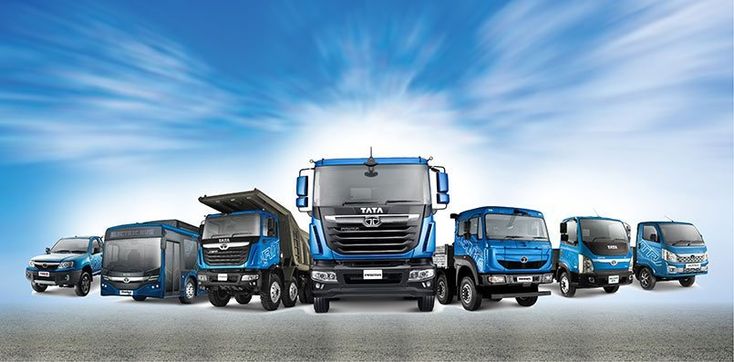South Africa’s thriving logistics, construction, mining, and agricultural sectors depend heavily on powerful commercial vehicles capable of moving large volumes of goods and materials across the country’s diverse terrain. Among these vehicles, extra-heavy trucks represent the highest category in terms of weight, capacity, and operational scale.
But what exactly qualifies a truck as “extra heavy” in South Africa? Let us understand what an extra-heavy truck is in South Africa and outline the key aspects that separate it from other commercial vehicles.
Classification of trucks in South Africa
South Africa categorises commercial vehicles based on their Gross Vehicle Mass, which is the maximum total weight of the vehicle, including its weight and the load it can carry. The classification is regulated by the National Road Traffic Act and enforced by entities such as the Department of Transport, the Road Traffic Management Corporation and licensing authorities. Here’s how trucks are generally classified:
- Light Motor Vehicles: Up to 3,500 kg GVM
- Medium Motor Vehicles: 3,501 kg to 12,000 kg GVM
- Heavy Motor Vehicles: 12,001 kg to 16,500 kg GVM
- Extra Heavy Motor Vehicles: More than 16,500 kg GVM
Therefore, any truck with a gross vehicle mass exceeding 16,500 kg falls into the extra-heavy category.
Key characteristics of extra-heavy trucks
High gross vehicle mass
As mentioned, these trucks exceed 16,500 kg in GVM, making them suitable for hauling hefty loads over long distances or across challenging terrain. Trucks such as TATA Prima 2528K fall under this category.
Multiple axles
Most extra-heavy trucks have multiple axles, often six or more, and articulated structures which allow them to distribute weight more efficiently and improve manoeuvrability despite their size.
Specialised configurations
They are often custom-designed or modified for specific industrial uses whether it’s a 34-ton side tipper for coal mining or a tanker truck for hazardous chemical transport.
Advanced systems
Due to their massive weight, extra-heavy trucks come equipped with air brakes, ABS, retarders, and heavy-duty suspension systems to enhance control and safety.
Long-distance readiness
These trucks are often used in cross-border haulage, so they come fitted with high-capacity fuel tanks, sleeper cabs, and telematics systems for fleet tracking.
Registration and regulation
Fleet owners must ensure the vehicle is:
- Registered and licensed through the eNaTIS system
- Weighed and certified with proper GVM limits by a registered testing station
- Insured and compliant with roadworthiness inspections
In many cases, extra-heavy trucks also require overload permits or route-specific clearances depending on their use and the road infrastructure.
Industries that rely on extra-heavy trucks
South Africa’s economic backbone relies on the efficient movement of goods, much of which is facilitated by the extra-heavy truck category. Some of the key industries include:
- Mining and Quarrying
- Construction and Infrastructure
- Logistics and Freight Forwarding
- Agriculture
- Energy and utilities
Conclusion
Extra heavy trucks are the giants of the road, designed to handle the country’s most demanding logistics challenges across industries. As demand for high-capacity freight and industrial logistics continues to grow, extra-heavy trucks will remain a crucial component in building and moving South Africa forward.





Comments